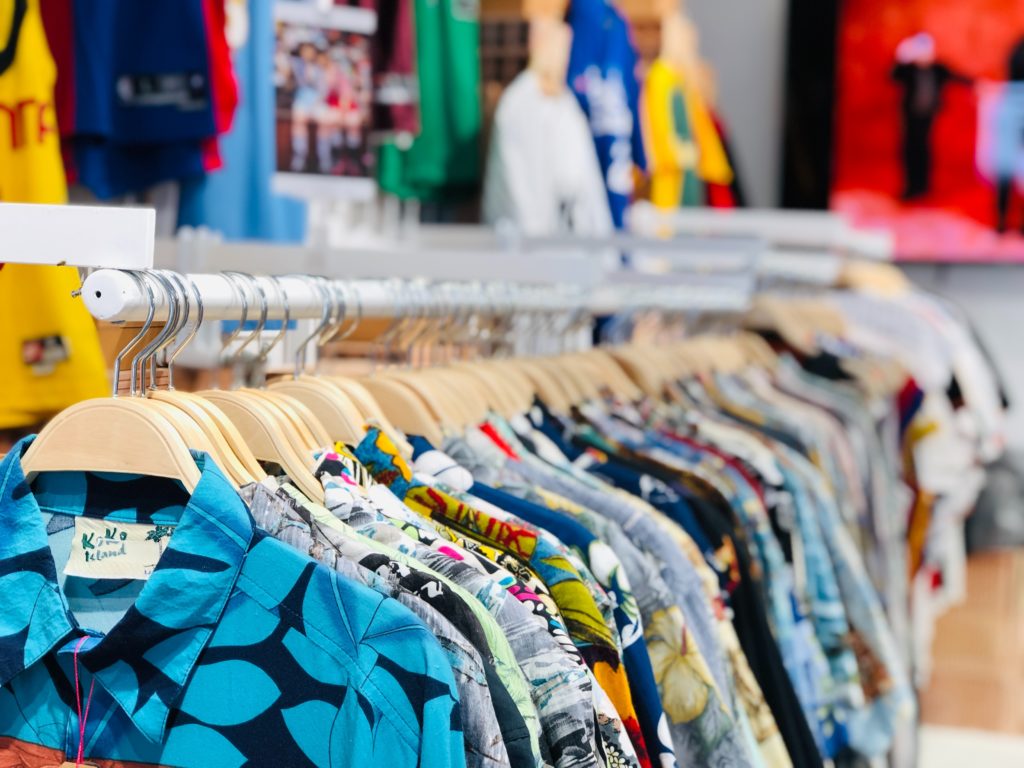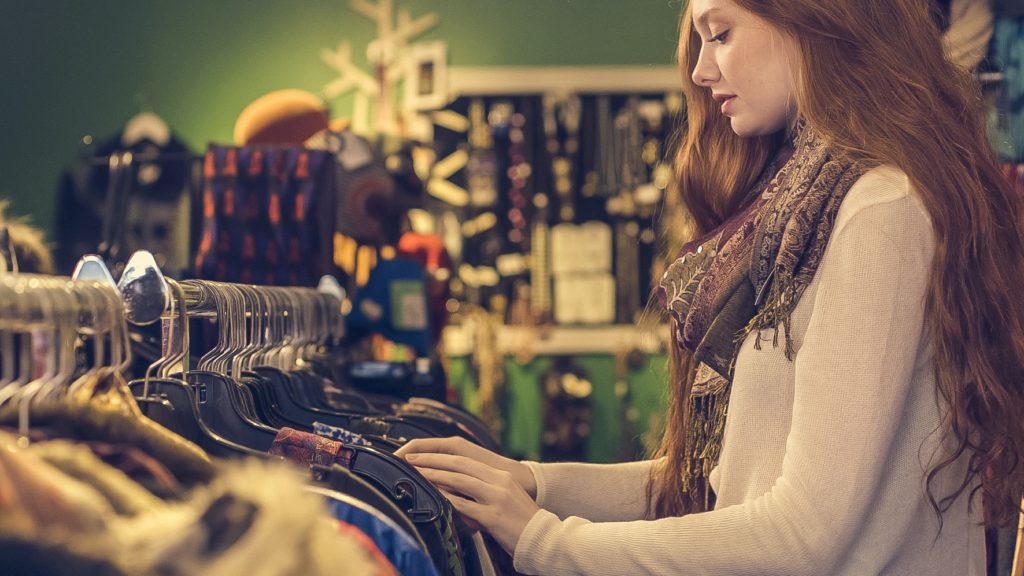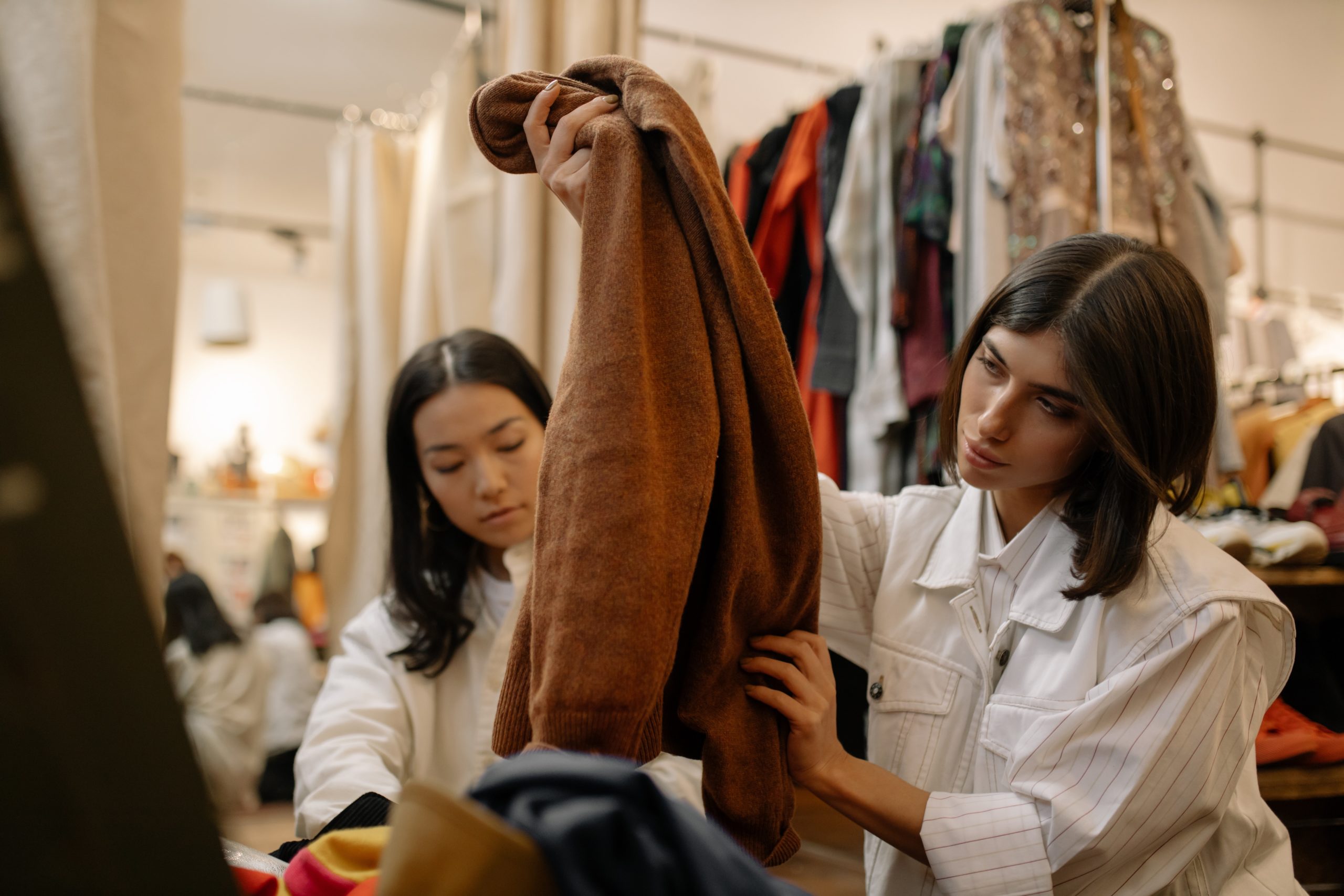Clothing Retailers Are Looking To Capitalise On Growing Popularity Of Secondhand Shopping
4 Mins Read
Used clothing sales are expected to reach $77 billion by 2025. The figure is predicted to be directly impacted by popular resale sites and apps. Retailers have identified the surge in resale activities and are looking to cash-in with trade-in initiatives and secondhand platforms of their own. The move is considered commercially astute, consumer-positive and environmentally beneficial.
Former assumptions that the resale market cannibalises new sale potential are being laid to rest. Brands are now seeing the potential for secondhand purchases to be a separate source of revenue. One that will garner positive consumer opinion and, potentially, a legion of new eco-conscious fans.

The start of a radical reform
Fashion consumers are becoming more aware of how their shopping impacts the environment. As a result, performative conscious lines and fast fashion are starting to fall by the wayside in favour of sustainable secondhand shopping habits. ThredUp has released its 2021 Resale Report to shine a light on the growing sector. A major takeaway is that 76 percent of people surveyed, who had never resold clothing before, reported being open to the practice.
The report research was conducted to analyse post-pandemic consumption habits and attitudes. More than half of those participating claimed to care more about sustainability and longevity than they did prior to the Covid-19 outbreak. Citing “eco-waste” as a concern, many reported turning to secondhand clothing to scratch the new clothes itch, while minimising personal impact on the planet.
Enter Gen Z
A key target demographic for fast fashion brands, Gen Z is flexing its collective purchasing prowess and starting to support resale initiatives. Though brands such as Shein remain a favourite, up to 8 percent of Gen Z clothing budgets are now being redirected to resale. Piper Sandler’s most recent teen survey found that 51 percent had bought secondhand clothing while 62 percent have sold preloved pieces of their own.
Retailers are paying attention to Gen Z as current consumers and future purchasers with expendable cash. As such, many are looking to score points and earn loyalty by embracing green protocols, including easy resale and access to preloved items. Most are seeking to leverage either a trade-in or peer-to-peer selling platform.
Those using trade-in include Patagonia, Madewell and others. Customers can send unwanted pieces back, which earn them discounts and gift cards. Any repairable items are taken care of and sold on, with the rest being recycled. Resale platforms are being used by ASOS and Cos. Sellers take all the responsibility for advertising transparently, with retailers claiming a percentage of final sale prices. This model offers the benefit of brands not needing to develop their own platform, as multi-brand versions are in development already. It should be noted that embracing resale will not excuse repeat greenwashing offenders. ASOS and H&M have been identified as falling into this bracket.

The environmental case for secondhand clothing
Retailers are understandably nervous about a significant shift in buying trends. Even if they jump on the resale trend, they will need to put infrastructure and logistics in place during initial set-up, both of which swallow operational budgets. The need to do so, however, is evident.
As one of the biggest polluters in the world, the fashion industry needs to offer tangible alternatives to seasonal wear that is viewed as disposable. Built-in obsolescence is no longer acceptable and disposal is frequently harmful to the environment. Non-virgin fibres can’t break down organically, meaning that they end up in landfill, creating more greenhouse gas emissions as they melt. “There is no regulation, unlike electronics and other items, to mandate the safe disposal of apparel,” Aditya Vedantam, assistant professor at the University at Buffalo School of Management, told Insider. “Many times, apparel is just landfilled or incinerated.”
By offering consumers a choice, with quality secondhand items that could save them money, clothing brands can break the cycle of wear; dispose; buy new.
Resale across the board
It’s not just high street brands that are looking to leverage the secondhand market. Luxury manufacturers are turning their attention to the movement as well, though with extra caution. With high price tags comes extra concern about sale cannibalisation, though heritage names can see the potential for exercising extra control over their products.
In November last year, Net-a-Porter announced its foray into the resale sector. Encouraging its customers to sell on unwanted items, it has partnered with Reflaunt to allow customers to send back items for easy resale, with no listing responsibility.
Lead photo by cottonbro from Pexels.





